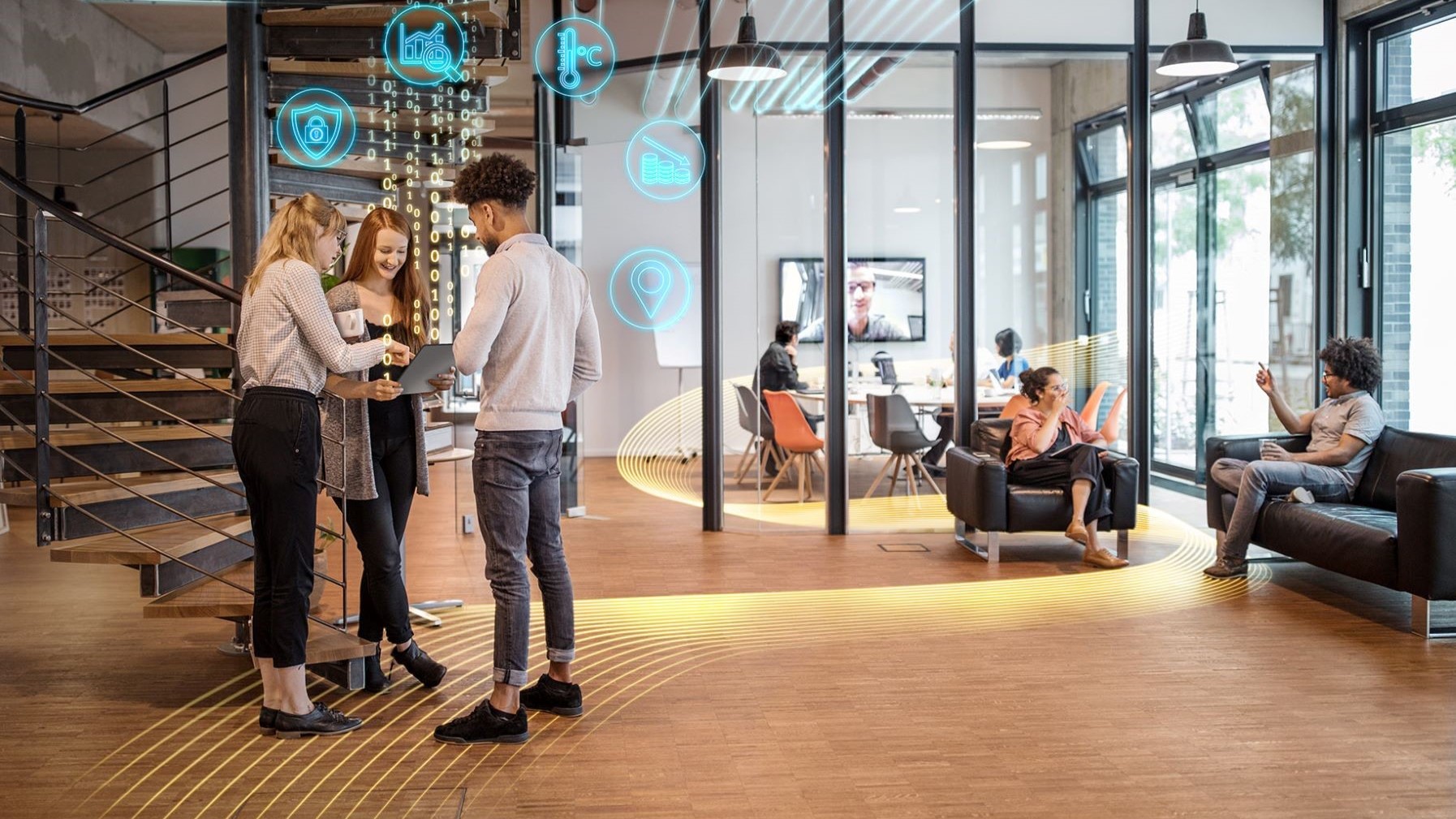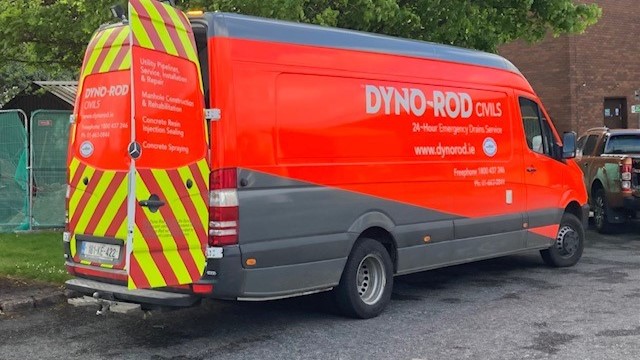At the height of the lockdowns during COVID-19 technology helped us to carry on seamlessly working from the home. We met our work colleagues virtually on videoconferencing platforms, such as Microsoft Teams, Google Meet and Zoom which made remote working and meetings possible.
While some of us were more productive, no longer hampered by the struggle of the daily commute, others floundered without the routine and hustle and bustle of the office. Employers may have questioned if we would ever return but now most of us asking what will the return to work look like when we, eventually, go back permanently?
Office downsizing?
At the beginning of the pandemic, Accumulate Capital conducted an independent survey of more than 500 senior decision-makers from businesses all over the UK and found that 37 percent were considering downsizing to smaller office spaces in the future*. With there being less emphasis on employees working from the office, businesses will be looking to relocate to a new location with cheaper rent.
Similarly, fast forward a year, in the ‘A New Space Race’ report by Siemens Smart Infrastructure which surveyed 500 senior managers in 10 different countries it was reported that some 59% of building owners/occupiers said they were contemplating smaller office space requirements, to some extent, in response to the pandemic.
Buildings will remain central – physically and figuratively – to post-pandemic commerce and industry but adaptability will be the most important requirement for buildings in the future. Businesses are looking to offer more work flexibility by adopting hybrid working models where employees can combine working from home with working from the office – and this equates to fundamental changes being made to the office and how that space is used.
Hybrid working
Many believe new hybrid work models will offer the best balance for the future. Hybrid work is a flexible approach that allows employees to split their time between working in the office and working from home. To ensure a seamless transition from home to the office environment businesses will need to evaluate the impact of hybrid working on processes, technology capabilities and organisational issues such as employee training, team collaboration and communication. It is not yet clear how these models will operate, and how effective they can be across various industries, companies, and cultures but the use of the workplace has changed.
Hybrid working is a polarising subject among business owners. Some are keen to give their employees flexibility, while others think it’s more beneficial to have staff in the office as much as possible.
For businesses it could well mean lower running costs – if people aren’t in the office every day, more flexibility and better wellbeing – giving your employees more freedom should lead to a happier workforce, as well as higher productivity. Getting rid of the daily commute will have a big impact on improving staff morale, plus there will be extra time in the day to get more done. A hybrid model allows you to recruit staff from a wider geographical area. Lastly, you also get to lower your carbon footprint – less time in the office means less energy consumed.
Employers need to offer the right type of spaces to allow people to come in and collaborate and do the kind of things that aren’t possible remotely. Spaces need to flexible for multiple uses – reconfigurable workspaces. Expect banks of desks to become more open spaces and social areas, and technology-enabled meeting rooms. The focus will be on designing offices that encourage collaboration and innovation. Desk work can then be done from home.
Not everyone will be able implement hybrid working. Industries such as retail, manufacturing and healthcare simply can’t operate this way.
At minimum, workplaces need to become more resilient than they were pre-2020. They need to be flexible enough to cope with lockdowns and other potentially disruptive events – as well as having better health monitoring capabilities – irrespective of whether traditional, hybrid or fully decentralised models prevail in the long term.
Buildings will need to be a lot more digital in the future. A facility manager will not only be able to automate, and remotely control more functionality, they will also benefit from a wider network of better sensors that flow into integrated visualisations and richer datasets. This will support a new level of fine-grained control and insights that are needed to make future buildings more resilient and flexible.
The office is no longer the place where all work happens but a physical hub where employees go for important meetings and ad-hoc working days away from home. The key will be adaptability i.e. being able to repurpose spaces to suit new occupants which is also happens to be one of the most difficult things to get right when designing a new building or facility.
* https://workplaceinsight.net/uk-business-leaders-predict-office-downsizing-in-the-coming-year/




